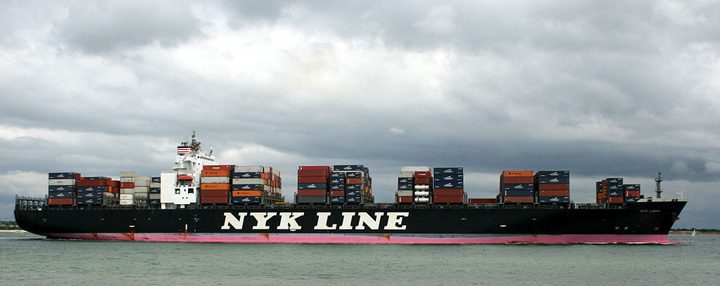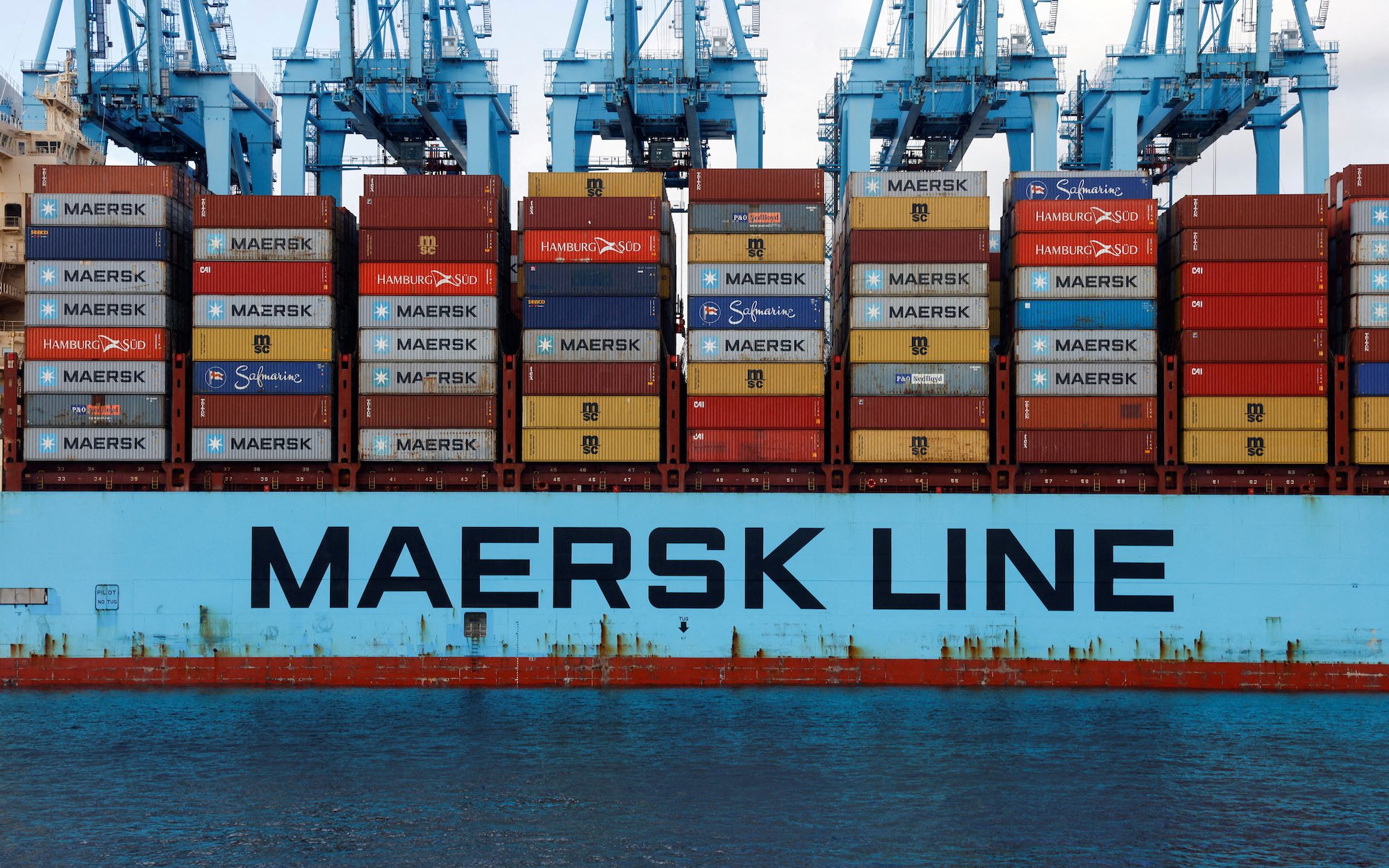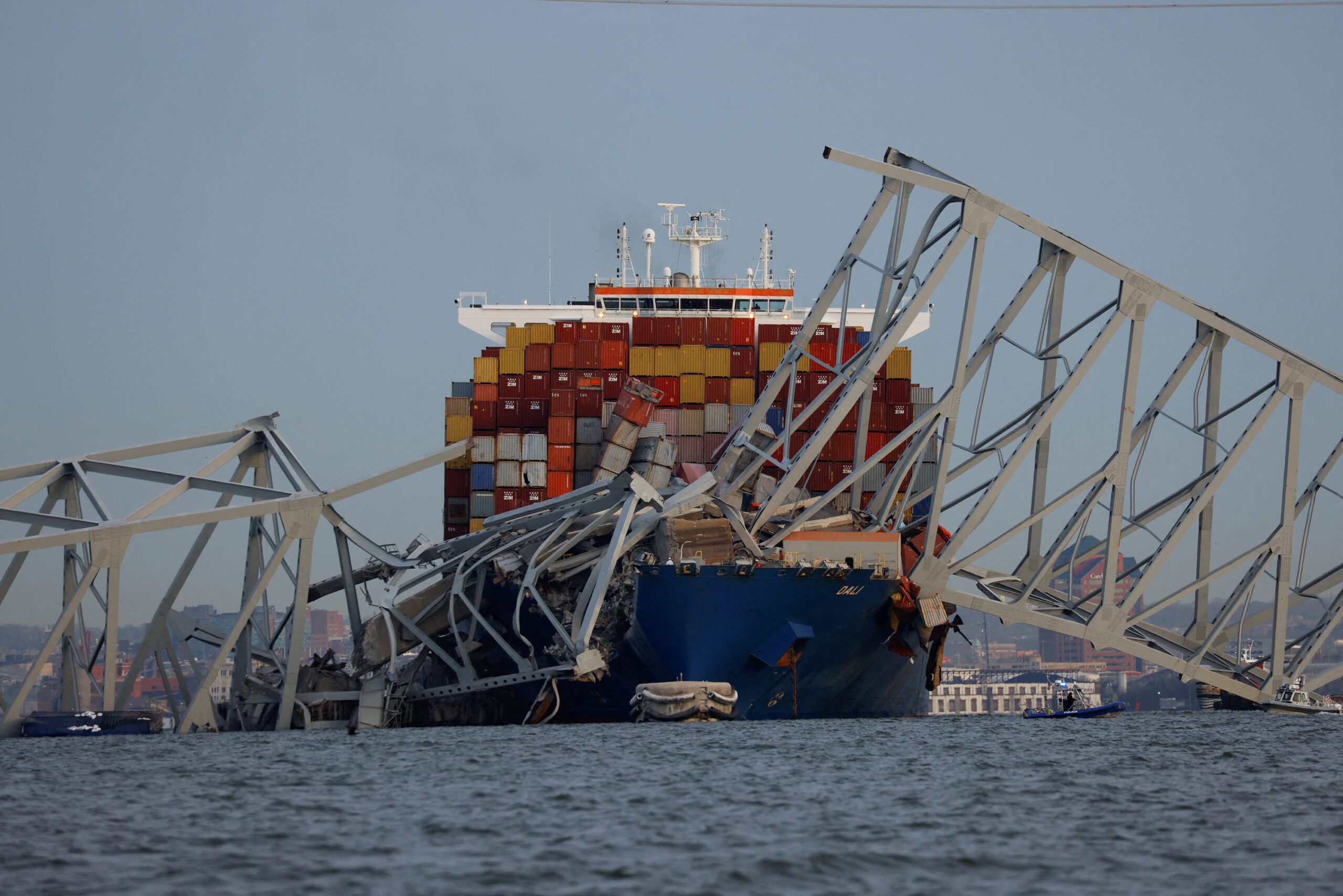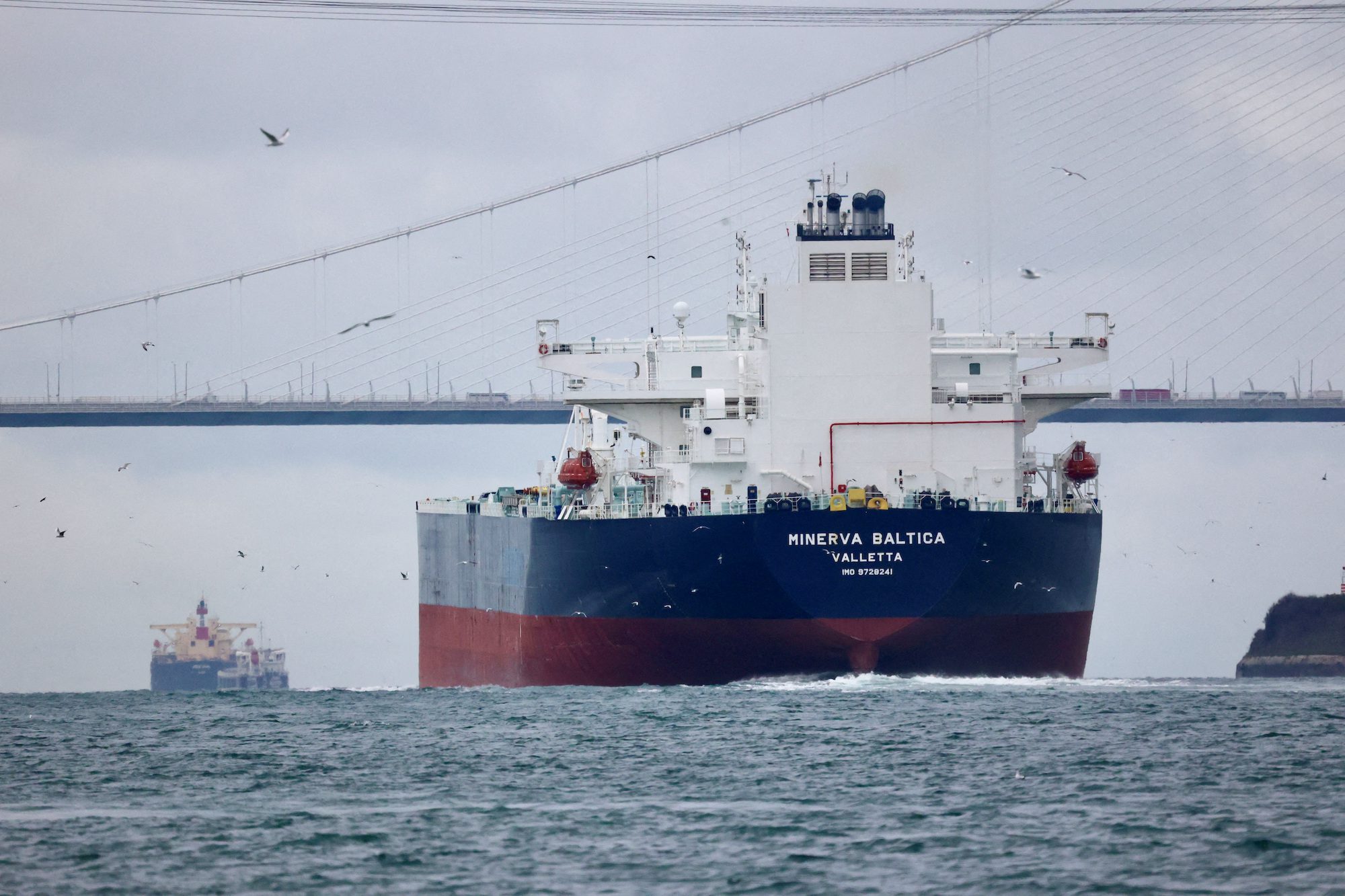NYK Libra, image by Damien Everett. Republished under Creative Commons license.
By Mike Wackett,
The diverse business models of Japanese shipping giants NYK, MOL and K Line pulled them through to profitability at the nine-month stage, ending December 31 – compensating for an overcapacity-induced fall in returns from the beleaguered container sector.
Despite a provision of ¥13.5bn for anti-trust rate-setting investigations into its car carrier business, NYK saw its net income increase to ¥28.4bn [$288m] at the Q3 stage from a lowly ¥3.1bn posted at the same point of the previous fiscal year.
NYK recorded strong returns from its dry bulk division, thanks to an increase of iron ore and coal shipments to China, underscored by the expansion of slow-steaming and a general rebound in bulk shipping markets.
While container volumes increased slightly on intra-Asia and transpacific routes, the company said overcapacity had persisted because of the continued delivery of ultra-large containerships onto the Asia-Europe tradelane and the cascading of smaller ships onto other routes, thus exerting downward pressure on freight rates.
NYK said that to help overcome pressure on container trade revenues, it had reduced its costs by using alliances to rationalise operations, off-hiring uneconomical ships, cutting back on short-term charters and minimising the deadheading of empty equipment.
Rival MOL reported net income of ¥29.5bn [$280m] in the same period, versus a loss of ¥58.7bn the previous year, and is forecasting a ¥57bn [$571m] profit for the full-year, ending March 31 2014.
MOL is also expected to book a one-time gain of $200m from the sale of a 49% stake in its TraPac US container terminals to a Brookfield investment fund.
Like NYK, it was the dry bulk business that proved the saviour for MOL.
“The dry bulker segment was boosted by stable profits from long-term contracts for carriers of iron ore, woodchip, steaming coal and others,” said a company statement.
Container operations recorded a loss, due to a drag on revenue overcapacity, with “freight rates declined for all major routes during the first nine months overall”.
It added: “We redoubled our efforts to cut costs by such means as reducing fuel costs through further slow-steaming and worked to improve operating efficiency. In spite of these efforts, a loss was recorded.”
At the end of the year, MOL operated 115 ships in its container division out of a total fleet of 881 vessels, and in its outlook did not indicate too much hope of better times for the division.
Meanwhile, K Line, the smallest of the three major Japanese lines, saw its nine-month net profit surge by 67% compared with the same period of the previous fiscal year, to ¥15.7bn ($153m).
This was also boosted by earnings from its bulk division, despite taking an extraordinary hit of ¥5.7bn relating to fines from the Japan Fair Trade Commission over its car carrier business.
Unlock Exclusive Insights Today!
Join the gCaptain Club for curated content, insider opinions, and vibrant community discussions.

 Join The Club
Join The Club













